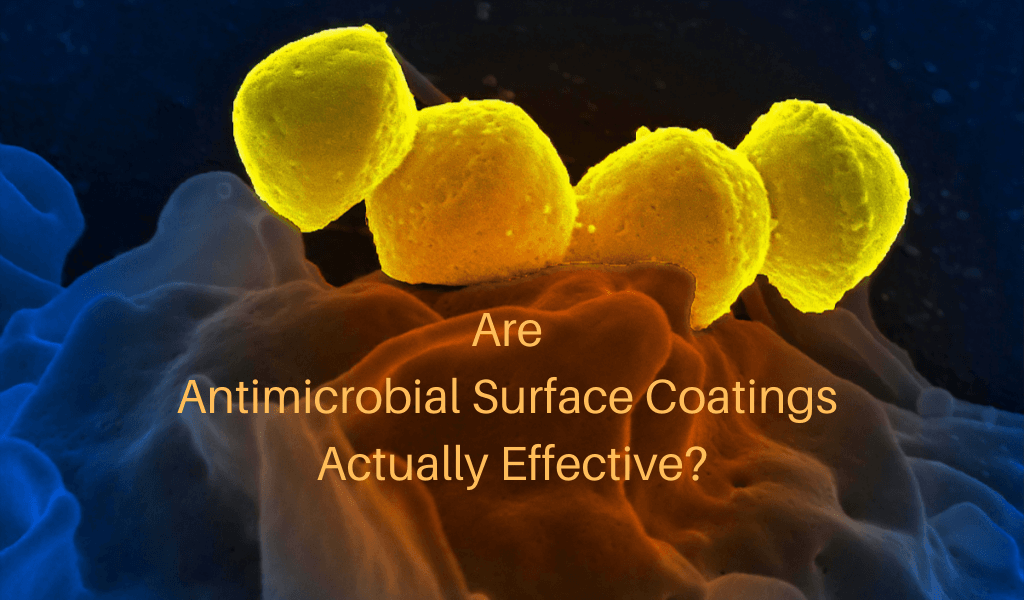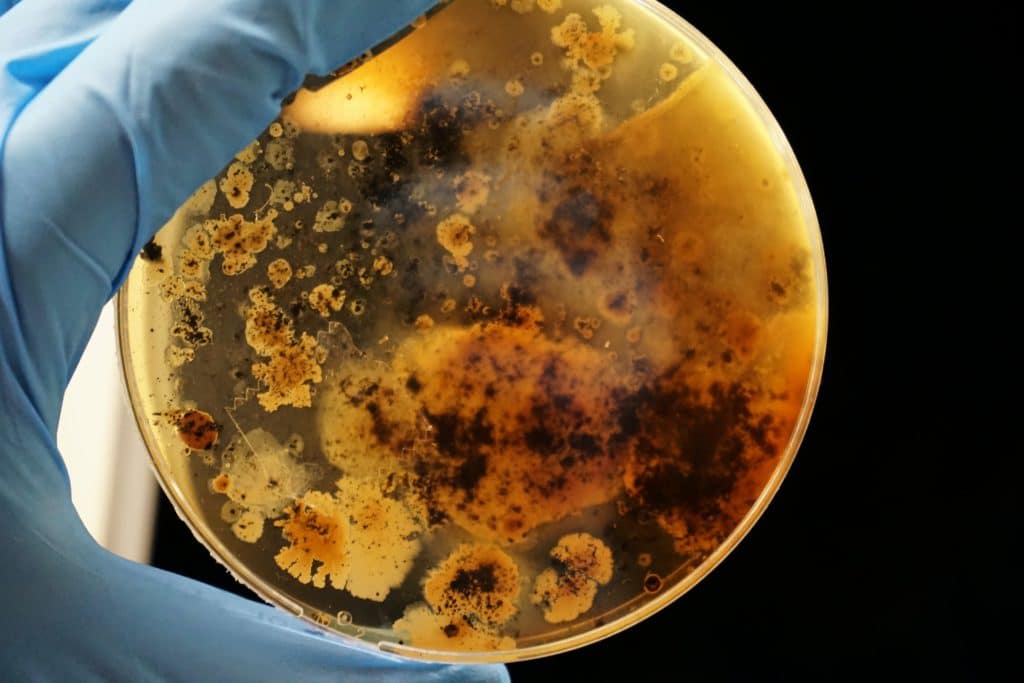There’s no shortage of antimicrobial surface coatings available. Do they really work? Here’s what happens in the real world.
You don’t need to be in the commercial cleaning industry to know that antimicrobial surface coatings are headline news. You can find paint, light switches, door hardware, and HVAC ductwork manufactured with antimicrobial properties built right in. And it’s not hard to find a cleaning company that offers to apply an antimicrobial coating to the surfaces in offices, schools, and other locations.
Some of these, as in the case of sprays applied by cleaning companies, will last between 60 and 90 days. The effects are long-term when products are manufactured with antimicrobial agents built-in. At least, that’s the theory.
With the marketing hype around antimicrobial surface coatings since a certain virus changed our lives, we thought it would be informative to cut through the slick ads and find out how effective these coatings really are.
Work smarter, not harder, with Janitorial Manager. Get your free discovery call today to find out how you can make your business better!
What are antimicrobial surface coatings, and how do they work?
Before we jump into that, let’s define antimicrobial surface coatings. As the name implies, antimicrobial coatings are either manufactured into or applied later to surfaces such as countertops, phones, computer keyboards, toilet seats, hospital bed rails, and pretty much anywhere you can imagine bacteria could grow.
Different types of these coatings work in different ways, but the premise is that they interrupt the lifecycle of bacteria, viruses, fungi, mold, and mildew, so they can’t reproduce. Some of the more common materials include copper and silver, though there are dozens of others, from zinc oxide to gold to titanium dioxide.
Commercial cleaning solutions contain a variety of compounds for antimicrobial surface coatings, including chemicals, silver ions, or completely green cleaning products.
As an interesting piece of trivia, if you come across linoleum flooring in your work, that, too, has antimicrobial properties likely due to the linseed oil in the material.
Still, the question remains: Are these antimicrobial surface coatings effective?
Effective or no? Here’s what the science says.
Believe it or not, there are hundreds of scientific studies out there regarding antimicrobial surface coatings. What we’re pulling information from is just a small sample, and does not explicitly refer to commercial cleaning applications. However, there is a lot you can take away from this.
In a 2019 study, researchers found that surfaces “modified” with β-peptide polymer remained functionally antibacterial for at least two months. Another study points out that quaternary ammonium-based coatings provided “excellent antimicrobial activities.”
Silver nanoparticles appear to be effective against E. coli, according to a study published in 2018. And in 2017, the Journal of Applied Microbiology published a paper that points out the antibacterial, antifungal, and antiviral properties of copper.
Silver ions, too, appear to be an effective addition to antimicrobial surface coatings. A study published in the September 2021 edition of the Chemical Engineering Journal shows that silver “indicates excellent antimicrobial activity to E. coli, S. aureus, P. aeruginosa, and C. albicans.” The article goes on to say that “the coating film is able to maintain over 99% antimicrobial reduction even after 1200 repeated solution wipings.”
Several of these studies were conducted for medical research purposes. Not to underplay the role that the commercial cleaning industry has in keeping the world safe and healthy, but given that infections in hospital settings can be deadly, it’s encouraging to know that these antimicrobial compounds seem to work.
Be aware, however, that these surface coatings, unless they are manufactured into the material, need to be reapplied every 60 to 90 days. That also doesn’t mean you’re out of work. Antimicrobial surface coatings are not self-cleaning. Your clients will still need all the regular work you do. The real difference is that they (and you) can relax a little about some of the bacteria and viruses that make us sick.
Most of these products are applied through a fogger or sprayer. You may also need to consider additional PPE for operating this equipment if you don’t already have it. Additionally, the dry time can depend on several factors, but at least one brand recommends a six-hour window, so be sure to share this information with your customers.
Ultimately, antimicrobial surface coatings seem to be effective in controlling harmful microbes, but it’s one of several tools, all working together to make our spaces healthier.
Clean up your cleaning business with Janitorial Manager! Sign up to learn more about managing work orders, inspections, employee performance, and so much more—all in a single app!


